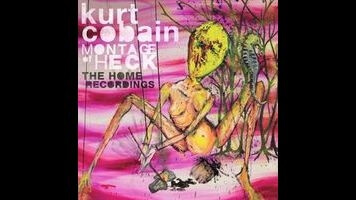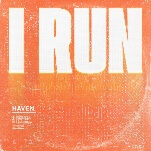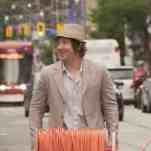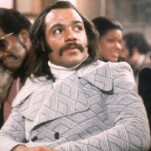Montage Of Heck: The Home Recordings reveals Kurt Cobain’s chaotic process

Kurt Cobain was an unreliable narrator. He liked it that way. His self-mythologizing started years before he got famous—there’s those tall tales of living beneath Aberdeen’s Young Street Bridge, for example, or the stomach condition that he could only treat with hard drugs. But all the contradictions, in-jokes, and ambiguities have only drawn us closer, giving us more books and tributes and movies hoping to reveal the real Cobain. Many say Brett Morgen’s long-gestating HBO documentary, Kurt Cobain: Montage Of Heck, has come closest, but Buzz Osborne will tell you it’s “mostly misguided fiction.” Regardless, it’s a powerful piece of work.
With Montage Of Heck: The Home Recordings, Morgen hopes to glean further insight into the elusive artist’s process and temperament. A companion album to the documentary, it contains songs, scraps, audio collages, and spoken word pieces (31 on the deluxe edition, 13 on the abridged) culled from 108 of Cobain’s personal cassettes. At first glance, this might sound like well-trodden ground. There’s already the comprehensive With The Lights Out box set, the abridged Sliver: The Best Of The Box, and the massive In Utero 20th anniversary collection, after all. But The Home Recordings isn’t a Nirvana album, it’s a collection of songs by Kurt Cobain. There’s no Novoselic here, no Grohl or Pat Smear. It’s just Cobain, a guitar, and a whole lot of ideas.
Some of these ideas had a life beyond the tapes (there’s early demos of “Frances Farmer Will Have Her Revenge On Seattle,” “Been A Son,” “Scoff,” and “Sappy”), others didn’t (“Burn The Rain,” “She Only Lies,” “Poison’s Gone”), but most feel born out of boredom, vessels wherein Cobain could stumble upon a riff, lyric, or melody. Several tracks on The Home Recordings end abruptly, interrupted unceremoniously by a ringing phone or the click of a spent cassette. Nearly everything here feels unfinished, and, for those seeking undiscovered gems from one of the greats, that might be a deal-breaker. The Home Recordings is not an easy listen.
To appreciate The Home Recordings is to give yourself over to Cobain’s process, because it’s his freewheeling desire for discovery that propels these tracks. Song after song, strums and howls loop in circles until a minor chord or pitch shift unlocks a path that’s worth exploring. Opener “The Yodel Song” is a perfect example and, in many ways, a microcosm of the entire album: A silly yodel launches Cobain into some simple strums; the yodel transforms into rhythmic howling; the howling ebbs and flows into a verse; the verse loops into a chorus as the strums give way to fingerpicking; repeat until it starts making sense. The result isn’t a song, necessarily, but the bones of one. Listening to “The Yodel Song,” it’s easy to glimpse the DNA of any number of later Nirvana tracks.








































